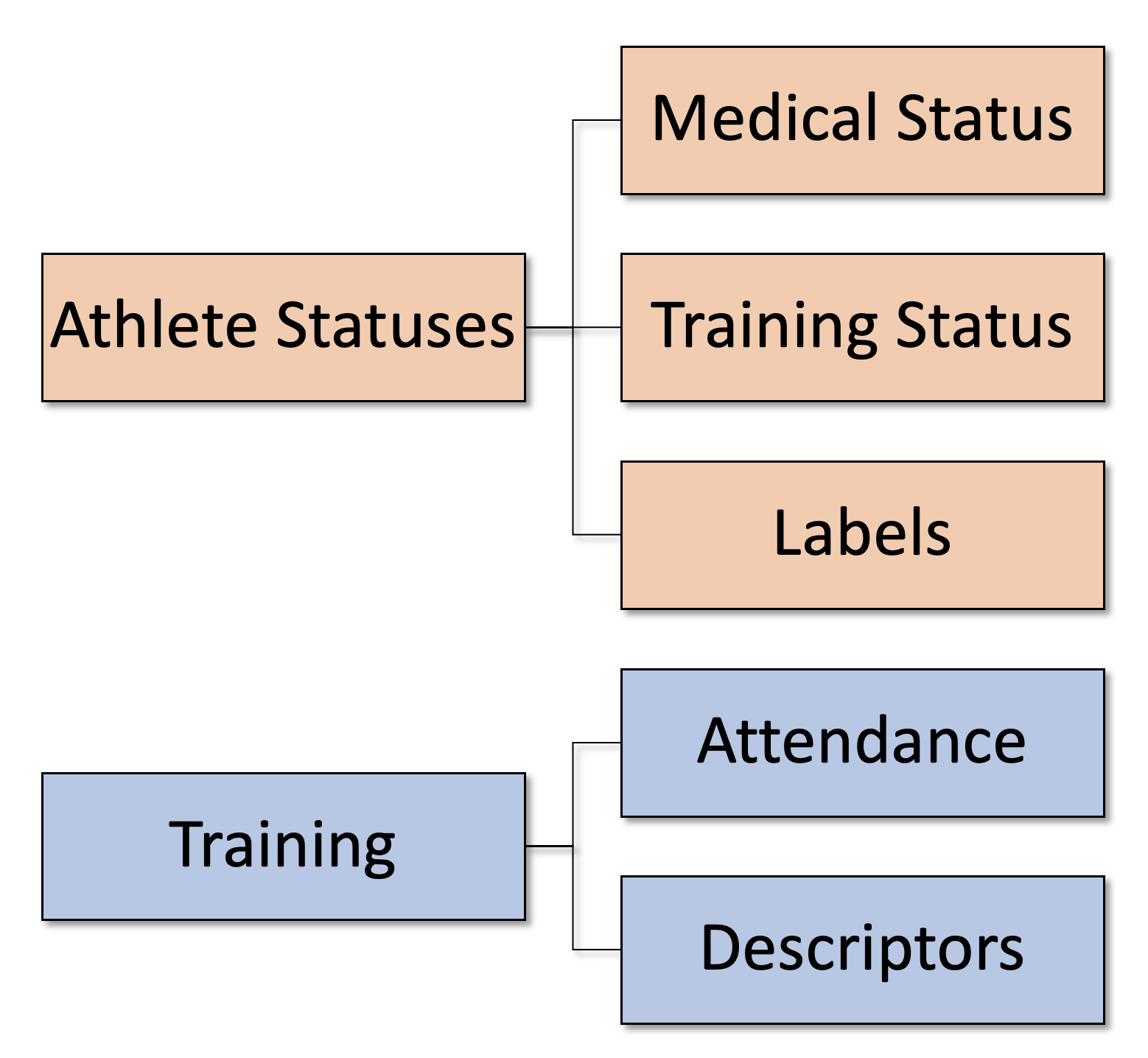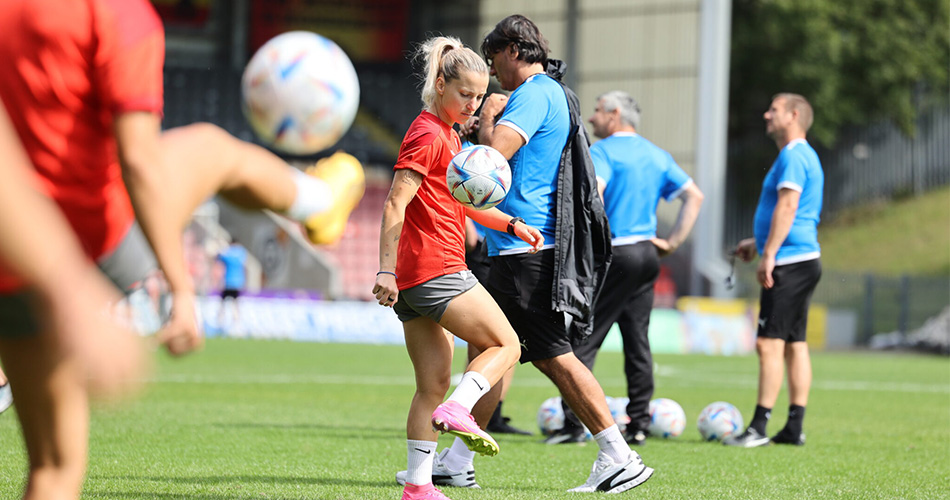Managing the Team Using a Simple Visual Board
The recent developments and increased affordability of technology in sports created a certain belief that teams need to collect and analyze a tremendous amount of data to monitor and manage their athletes. This involves, but is not limited to, GPS and positional data, morning wellness and heart-rate variability (HRV), blood analysis, jump analysis, movement screens, sleep patterns, and game analyses. Although these monitoring practices can certainly be beneficial, following the keep-it-simple-stupid (KISS) is always a better starting approach. In this short article, I will demonstrate one simple visual management system, using the Visual Kanban Board, that can be implemented without too much cost but that can be very effective in managing the team and aligning different team departments (e.g., head coaches, physiotherapists, and physical preparation coaches). Once these are visualized, it is much easier to create ceremonies around this board, which is the term from the Agile and Lean cultures, to spot potential issues as well as to align the team with the needed interventions. One example might be when to play the athlete that was recently injured – if his or her status has been continuously updated and discussed, then it would be much easier to reach an agreement on that very important question.
The purpose of visual management is to simply, transparently, and clearly depict the current state of affairs and processes in the team. This current state can be easily captured with the elements depicted in Figure 1.

Figure 1: Elements of the Visual Board
The major element I will cover in this article is the Athlete Status. As can be seen in Figure 1, Athlete Status consists of two elements: (1) Medical Status and (2) Training Status, while (3) Labels provide additional information needed to inform the coach and the team.
Table 1 enlist potential Medical Statuses that an athlete can have in one instant in time. This list is modified based on the list provided by Dijkstra et al. (2014). For example, if the athlete is without any issues, then his or her current Medical Status can be set to “Available – no issues”. If you know that athlete had certain issues in the past (for example, a tendency to pull hamstrings or groin, or has recovered from the ACL reconstruction surgery) but doesn’t have any issues now, you still need to take that into consideration when planning the training; then the status can be set to “Available – asymptomatic issues”. The athlete that recently had the ACL reconstructed but still has knee swelling after heavy training load can have the “Available – symptomatic issues”. If the athlete needs modified training and is still unable to sustain normal training, then the status can be set to “Modified – symptomatic issues”. If the athlete is completely unavailable for training, for example, outgoing surgery, or needs to rest due to illness, the status can be set to “Unavailable”. The “Other” status can be related to something that we cannot classify with the previous five categories.
If you are training female athletes, you can potentially use “Available – asymptomatic issues” or “Available – symptomatic issues” Medical Status when the athletes are in their menstrual cycle since it has been shown to negatively affect the training.











Responses